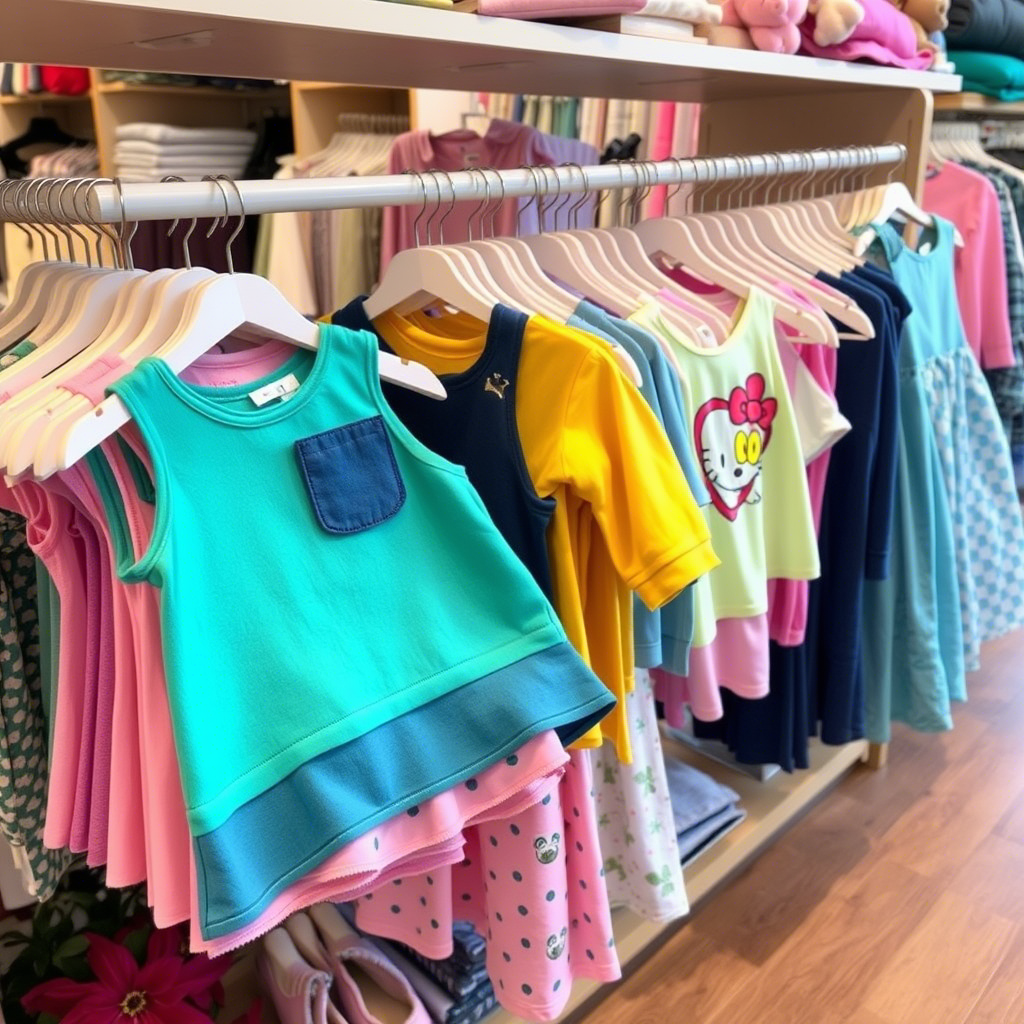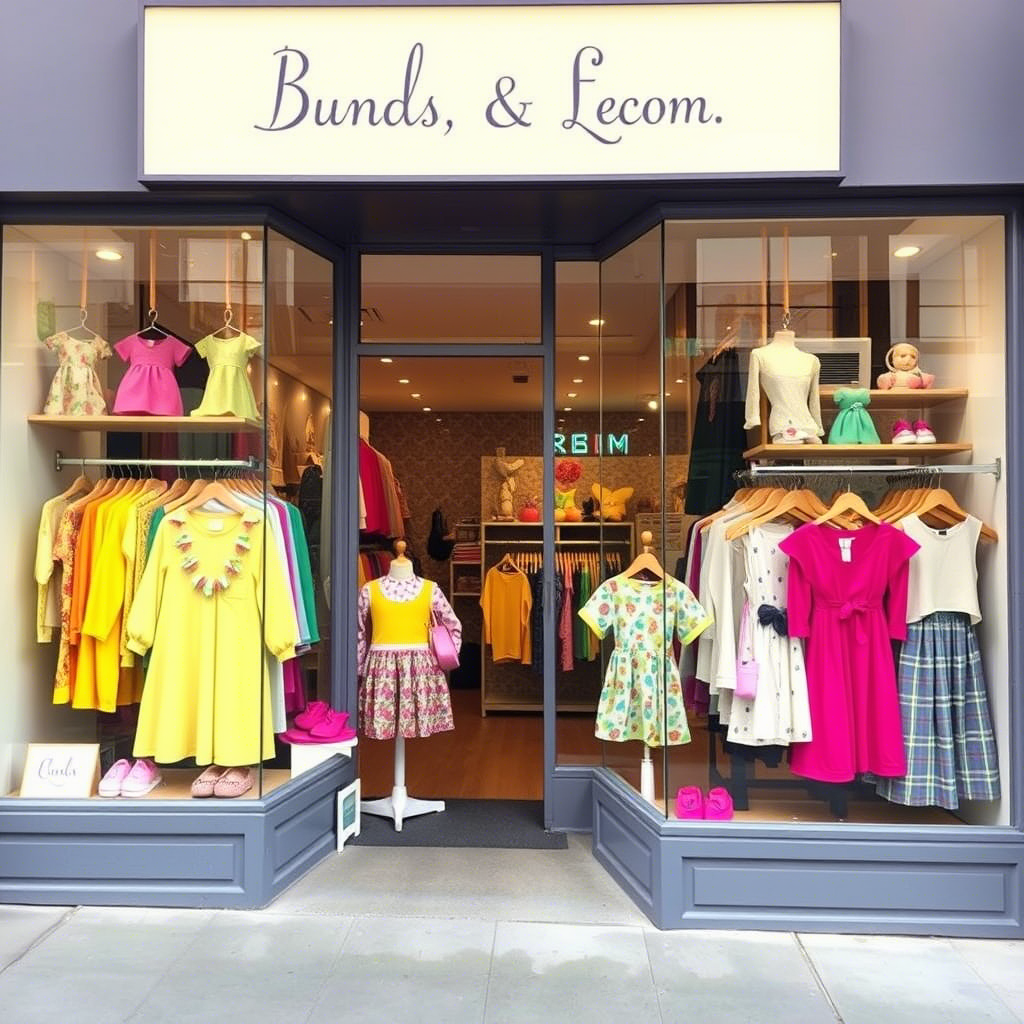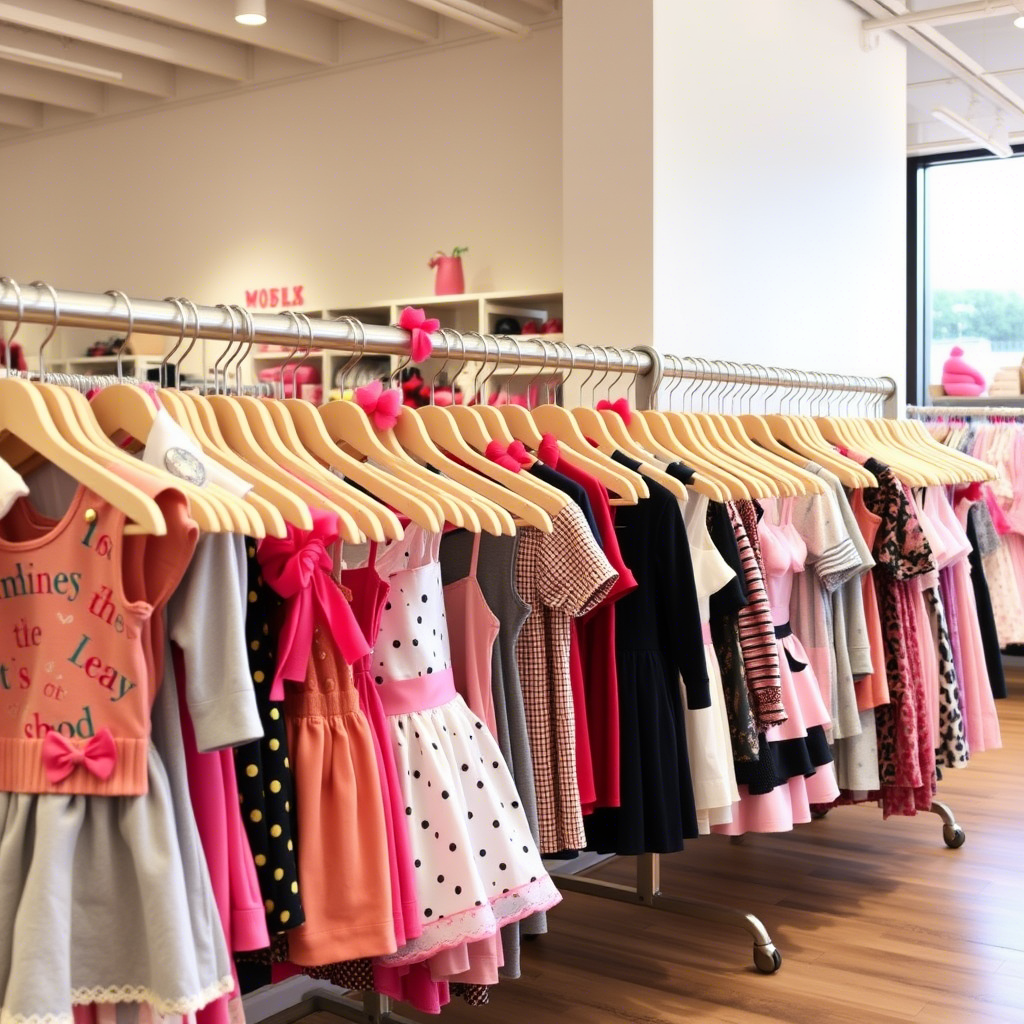Wholesale Children’s Apparel Suppliers for Boutiques
The children’s apparel market is a thriving industry, with boutiques playing a crucial role in offering unique and high-quality clothing to parents seeking distinctive styles for their kids. For boutique owners, sourcing the right wholesale suppliers is essential to stocking their stores with appealing and trendy children’s apparel. In this article, we will explore the key aspects of finding and working with wholesale children’s apparel suppliers, ensuring that boutique owners can provide their customers with the best products.
Understanding the Wholesale Children’s Apparel Market
The demand for children’s apparel is on the rise, driven by increasing parental spending on quality clothing. According to market trends, the global children’s wear market is expected to grow significantly, with an emphasis on sustainable and fashionable clothing. Boutique owners can capitalize on this trend by sourcing products from suppliers who offer high-quality, stylish, and eco-friendly children’s apparel.
To stay competitive, boutiques should consider the following:
- Quality and Safety: Ensure that the suppliers adhere to international quality and safety standards for children’s clothing.
- Sustainability: Opt for suppliers who prioritize eco-friendly materials and production processes.
- Diversity in Product Range: Choose suppliers offering a wide range of products to cater to different tastes and preferences.
 Boutiques can attract a wide customer base by stocking a diverse and vibrant range of children’s clothing, as seen in the image above. This not only enhances the shopping experience but also encourages customers to return.
Boutiques can attract a wide customer base by stocking a diverse and vibrant range of children’s clothing, as seen in the image above. This not only enhances the shopping experience but also encourages customers to return.
Key Considerations When Selecting Wholesale Suppliers
When selecting wholesale suppliers for children’s apparel, boutique owners must consider several factors to ensure they partner with reliable and efficient suppliers. These factors include:
- Product Quality and Pricing: Suppliers should offer high-quality products at competitive prices to ensure profitability for the boutique.
- Reliability and Lead Times: Suppliers with a proven track record of timely deliveries are crucial for maintaining stock levels and meeting customer demand.
- Minimum Order Quantities (MOQs): Boutique owners should be aware of the MOQs required by suppliers to avoid overstocking or understocking.
For instance, boys’ coats are a staple in many children’s wardrobes, and sourcing them from a reliable supplier can help boutiques stay stocked with the latest styles.
Building Strong Relationships with Suppliers
Establishing strong relationships with wholesale suppliers is vital for the long-term success of boutiques. This involves:
- Effective Communication: Regular communication helps in understanding the supplier’s capabilities, lead times, and any potential issues.
- Negotiating Terms: Boutique owners should negotiate terms that are favorable, including pricing, payment terms, and return policies.
- Visiting Trade Shows: Attending trade shows and industry events provides an opportunity to meet suppliers in person and stay updated on the latest trends.
 A well-curated storefront, as shown above, not only attracts customers but also reflects the quality and style of the products sourced from wholesale suppliers.
A well-curated storefront, as shown above, not only attracts customers but also reflects the quality and style of the products sourced from wholesale suppliers.
Managing Inventory and Logistics
Efficient inventory management and logistics are critical in ensuring that boutiques can meet customer demand without overstocking. Key strategies include:
- Just-In-Time (JIT) Inventory: Implementing JIT inventory systems can help reduce storage costs and minimize waste.
- Dropshipping: Some suppliers offer dropshipping services, allowing boutiques to ship products directly to customers without holding inventory.
- Regular Stock Audits: Conducting regular stock audits helps in identifying fast-selling items and slow movers, enabling informed purchasing decisions.
Boutiques can also consider diversifying their product range by sourcing from different suppliers. For example, exploring options like girls’ dresses can help attract a broader customer base.
 The image above illustrates how a well-organized boutique can effectively display a variety of children’s apparel, making it easier for customers to find what they’re looking for.
The image above illustrates how a well-organized boutique can effectively display a variety of children’s apparel, making it easier for customers to find what they’re looking for.
Staying Ahead of the Competition
To stay competitive, boutiques must stay abreast of the latest trends and consumer preferences. This involves:
- Market Research: Continuously conducting market research to understand current trends and forecast future demand.
- Social Media Engagement: Engaging with customers on social media to gauge their preferences and feedback on products.
- Collaborating with Suppliers: Working closely with suppliers to gain insights into upcoming trends and new product lines.
Conclusion
Finding the right wholesale children’s apparel suppliers is a critical task for boutique owners looking to stock their stores with high-quality, trendy clothing. By understanding the market, carefully selecting suppliers, building strong relationships, managing inventory effectively, and staying ahead of the competition, boutiques can ensure they meet customer demand and maintain a competitive edge. With the right strategies and partnerships, boutique owners can create a thriving business that delights customers and stands out in the market.

Comments